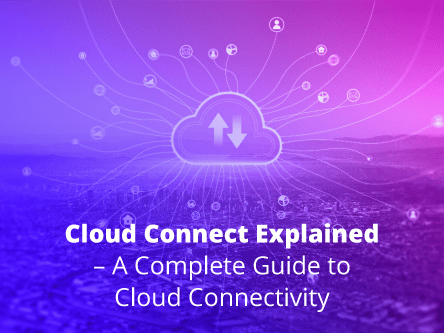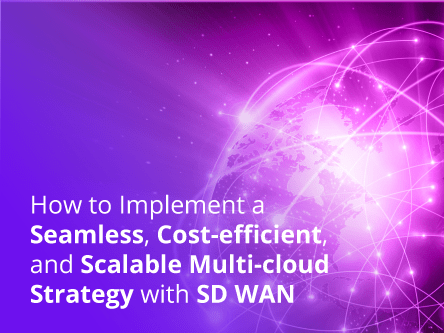Operators across the Middle East are rethinking their businesses to capture revenue from new services, new markets and the growing opportunity in cloud.
The changes we’re seeing in the Middle Eastern telecoms market cut across every sector: enterprise, wholesale, cloud, content and data centres. Since Epsilon set up its Middle East office and I relocated to Dubai in 2014, the market has changed a lot and now we’ve reached a really transitional point.
Over the last five years, the market had been ramping up with new infrastructure being rolled out, new undersea cables coming online and telecoms sectors liberalising. It was in a growth phase and now for most operators in the region it is time to decide how they’re going to continue to drive momentum.
They’re being challenged to keep up with a phenomenal pace of change brought on by the cloud and growing competition from non-traditional players and this means rethinking how they approach the market. The good news is that there’s a lot to win and there are more opportunities than ever to differentiate service offerings and compete in new ways.
I’m really excited to see this change happening in the market. A lot of our customers are looking at new ways forward and choosing what opportunities to pursue. That’s exciting. They see that their businesses can be reshaped and that there’s new revenue to capture from growing set of services.
The strategic discussions we’re hearing indicate that the Middle Eastern market is ready for another growth phase but not one defined by infrastructure. It will be defined by services, speed-to-market and serving the cloud.
Connecting the Cloud
The cloud is really rewriting the rules in the Middle East. For years, the Middle East has been called the next big market for cloud and it is finally becoming a reality. Cisco expects the Middle East and Africa to have the highest cloud traffic growth rate in the world between 2014 and 2020 with a compound annual growth rate (CAGR) of 41%.
With that kind of growth, no operator can afford to take a ‘wait and see’ approach any longer. The cloud is real and every year it becomes a greater and greater influence on the market. The challenge for operators is to reshape their businesses to focus on cloud enablement in order to capture growing revenue from cloud services. That isn’t easy but is necessary.
For customers to get all of the benefits from cloud, they need their suppliers to be agile, flexible and ready to deliver in real-time. The barriers to accessing and turning up services need to be removed and operators have to move faster than competitors. The cloud market is more competitive than voice and data have ever been because anyone can enter it and there’s potential for smaller players with a strong product to pop-up and really shift the market.
The opportunity in cloud is too big to overlook but it requires planning and preparation. Operators in the Middle East can capture revenue from cloud and can develop new revenue streams if they can evolve their businesses to serve the cloud.
The Need for Speed
I think the key to this will be increasing speed-to-market. When customers provision networks to support their cloud deployments, they don’t want to wait weeks or even days for their network services. They want to turn up services as fast as they are accessing cloud-based applications.
In the Middle East speed-to-market hasn’t always been a priority but that’s changing. Operators that can deliver services faster than their competitors can win new business and take market share. It enables alternative providers to compete on speed and get a foot in the market while established players can drive stickiness by simply being faster than other players in the market.







